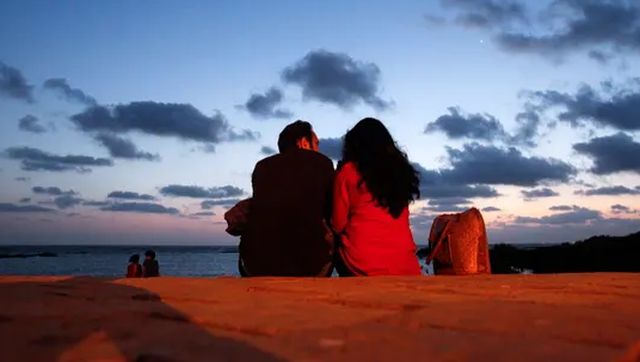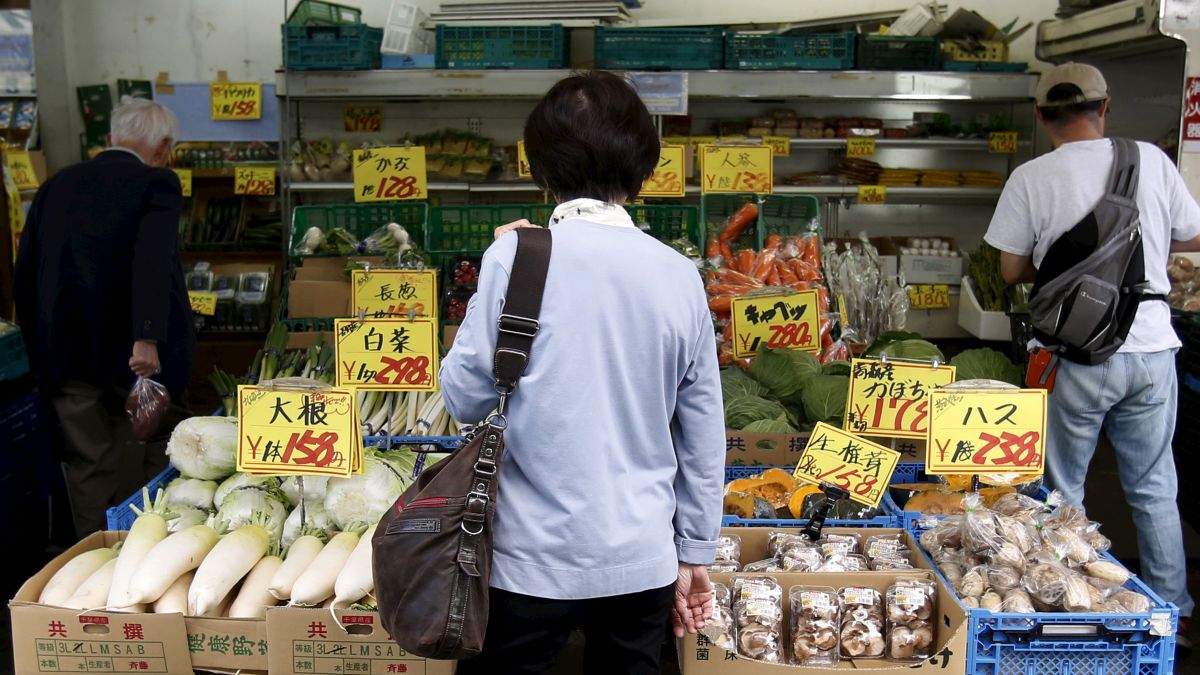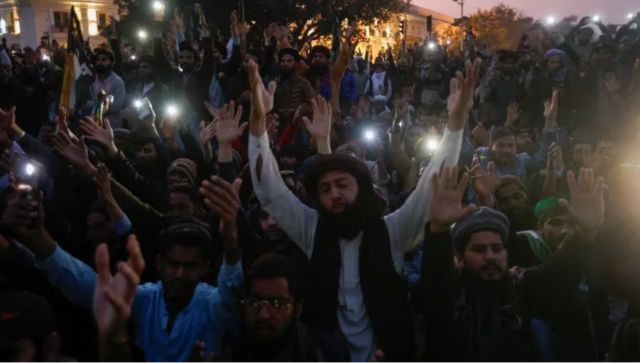Delhi-NCR pollution: Air quality oscillates between 'severe' and 'very poor'
The hazardous smog, worst in 17 years, which has kept Delhi shrouded since Diwali on Friday lingered on, as the overall air quality oscillated between ‘severe’ and ‘very poor’ categories.
)
The hazardous smog, worst in 17 years, which has kept the national capital shrouded since Diwali on Friday lingered on, as the overall air quality oscillated between ‘severe’ and ‘very poor’ categories. (Photo: PTI)
)
A senior IMD official said the pollutants are barely dispersing due to calm wind movement and foggy conditions. The situation might improve in the next three-four days, he said. (Photo: PTI)
)
Terming the situation akin to that of an “emergency”, the National Green Tribunal observed that the Centre, Delhi government and other authorities were “not bothered” about the rising air pollution level and its consequences on the health of citizens of Delhi but instead “shifting the blame on each other”. (Photo: PTI)
)
The 24-hour-average (rolling) of PM 2.5 and PM 10 were 225 and 389 micrograms per cubic metre respectively as per SAFAR (System of Air Quality and Weather Forecasting And Research) at 6 PM. However, the peak levels of pollution continued to violate the safe limits by over 10 times, even in densely populated areas like RK Puram and border areas like Anand Vihar. (Photo: PTI)
)
Prolonged exposure to severe category air may affect healthy people and seriously impact those with existing diseases while very poor category may cause respiratory illness. (Photo: PTI)
)
Observing that “health is the only primary concern”, the bench was anguished that its order asking Delhi government to stop plying of diesel vehicles which were over 10 years old was not being implemented properly. (Photo: PTI)
)
Admitting that the enforcement of rules for tackling air pollution was “weak”, the Environment Ministry on Friday asked states to “strictly” implement a host of measures, including checking spread of fly ash from Delhi’s Badarpur plant and shutting down of old brick kilns. (Photo: PTI)
Find us on YouTube






)
)
)
)
)
)
)
)